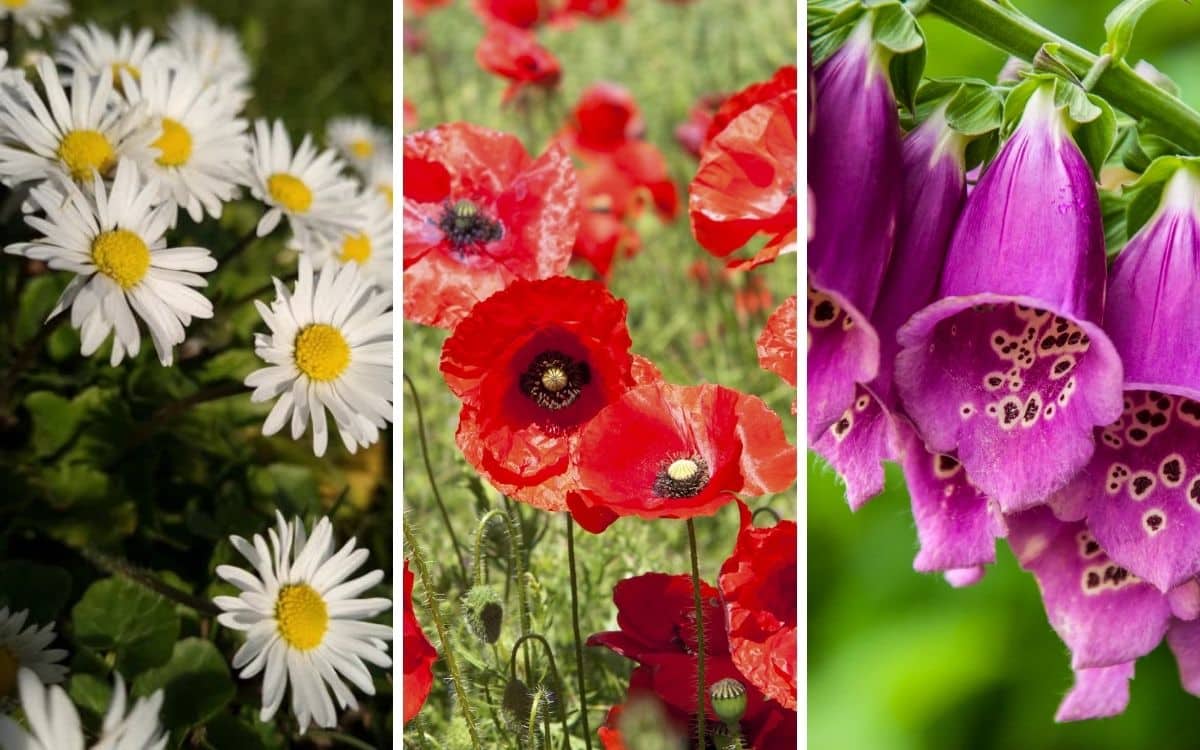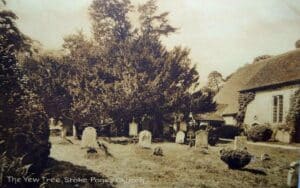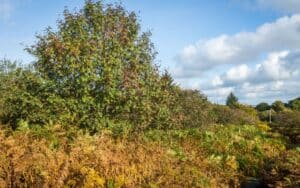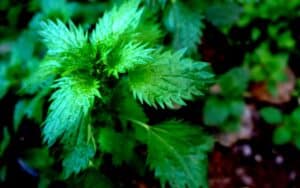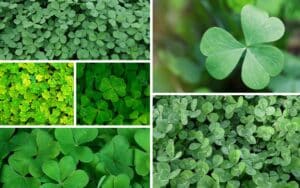Discover the mysterious and fascinating world of British flowers folklore and superstition, as we explore these beloved and sometimes feared plants.
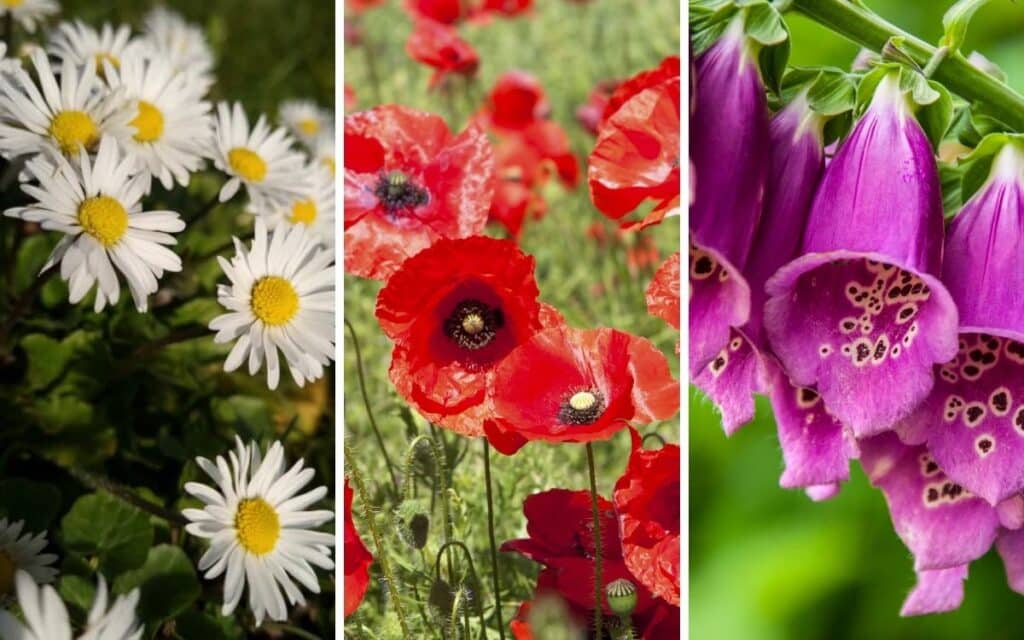
Flowers have long held a special place in British culture, with many species of plants having deep roots in folklore and superstition. From the beautiful and beloved to the feared and reviled, flowers have been used in stories and legends as symbols of everything from love and beauty to death and decay. In this article, we will explore the rich and varied folklore and superstition surrounding flowers in the UK.
One of the most well-known flowers in British folklore is the rose, which has long been associated with love and romance. In ancient times, the rose was considered a symbol of Aphrodite, the Greek goddess of love, and the flower was often used in weddings and other romantic occasions. It was also believed that if a rose was picked on Midsummer’s Day and placed under a pillow, the person who slept on it would dream of their future partner.
In addition to its romantic associations, the rose has also been used as a symbol of protection. In medieval times, people would place rose petals in their homes to ward off evil spirits, and the flower was sometimes used in protective spells and charms.
Another flower with a long history in British folklore is the bluebell. These delicate flowers are said to ring like bells, calling fairies to dance in the moonlight. It was believed that if you stepped on a bluebell, you would be cursed, and that picking bluebells was especially unlucky. Some people even believed that witches used bluebells in their spells and potions.
The daisy is another flower with a long history in British folklore. In medieval times, it was believed that daisies could cure all sorts of ailments, from headaches to wounds. The flower was also associated with love and fidelity, and it was said that if you picked a daisy and said “he loves me, he loves me not” while plucking off the petals, the last petal would reveal the true feelings of your beloved.
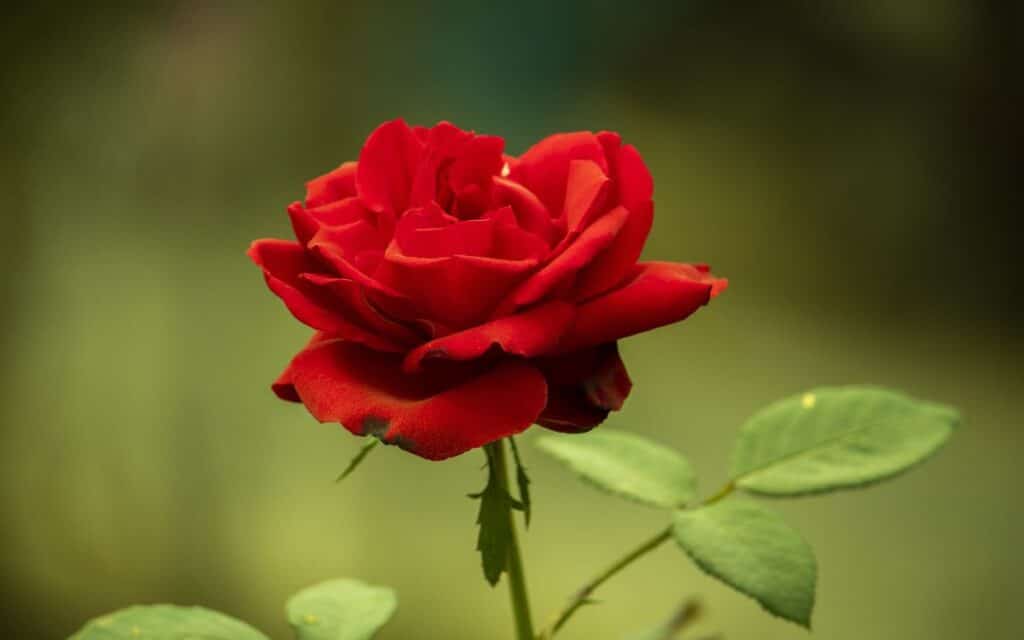
Some flowers, however, are associated with darker beliefs. The foxglove, for example, is said to have a sinister side. While the flower is beautiful and colourful, it is also extremely poisonous, and in folklore it was sometimes associated with death and evil. It was said that fairies would use the flower to lure people to their deaths, and that witches would use it in their spells.
The poppy is another flower with a dark history in British folklore. The bright red petals of the poppy have long been associated with blood, and the flower is often used to symbolise war and sacrifice. In World War I, the poppy became a symbol of remembrance for soldiers who had died in battle, and today, the wearing of a poppy is a way to honour their sacrifice.
Quick guide to British Flowers in Folklore and Superstition
- Rose: Associated with love and protection.
- Bluebell: Said to ring like bells, calling fairies to dance.
- Daisy: Associated with love and fidelity, with petals plucked to reveal true love.
- Foxglove: Beautiful but poisonous, associated with death and evil in folklore.
- Poppy: Symbol of war and sacrifice, worn as a sign of remembrance.
- Heather: Said to bring good luck and protection to the home.
- Thistle: National emblem of Scotland, also associated with protection.
- Snowdrop: Said to bring hope and new beginnings in the spring.
- Lily: Symbol of purity and innocence, associated with Easter.
- Honeysuckle: Associated with love and romance, used in spells to attract a lover.
- Primrose: Said to have healing properties and to bring joy.
- Hyacinth: Said to have the power to heal and protect against bad luck.
- Marigold: Associated with death and the afterlife, used to decorate graves.
- Hawthorn: Said to have magical powers and to protect against evil spirits.
- Ivy: Symbol of eternal life and fidelity, often used in wedding bouquets.
- Pansy: Symbol of remembrance and loyalty.
- Carnation: Associated with love and admiration, used in corsages for special occasions.
- Forget-me-not: Symbol of true love and faithfulness.
- Daffodil: Symbol of spring and new beginnings, also associated with St. David’s Day.
- Wisteria: Symbol of immortality and long life, often used in Chinese folklore.
In conclusion, flowers have played a significant role in British folklore and superstition for centuries. Whether they are associated with love and romance, protection, or darker beliefs, the flowers of the UK have inspired countless stories and legends. From the rose to the poppy, these beautiful and mysterious plants continue to capture our imaginations and inspire us today.
Tell us your favourite flower that you use for magical and spiritual purposes in the comments section below!

